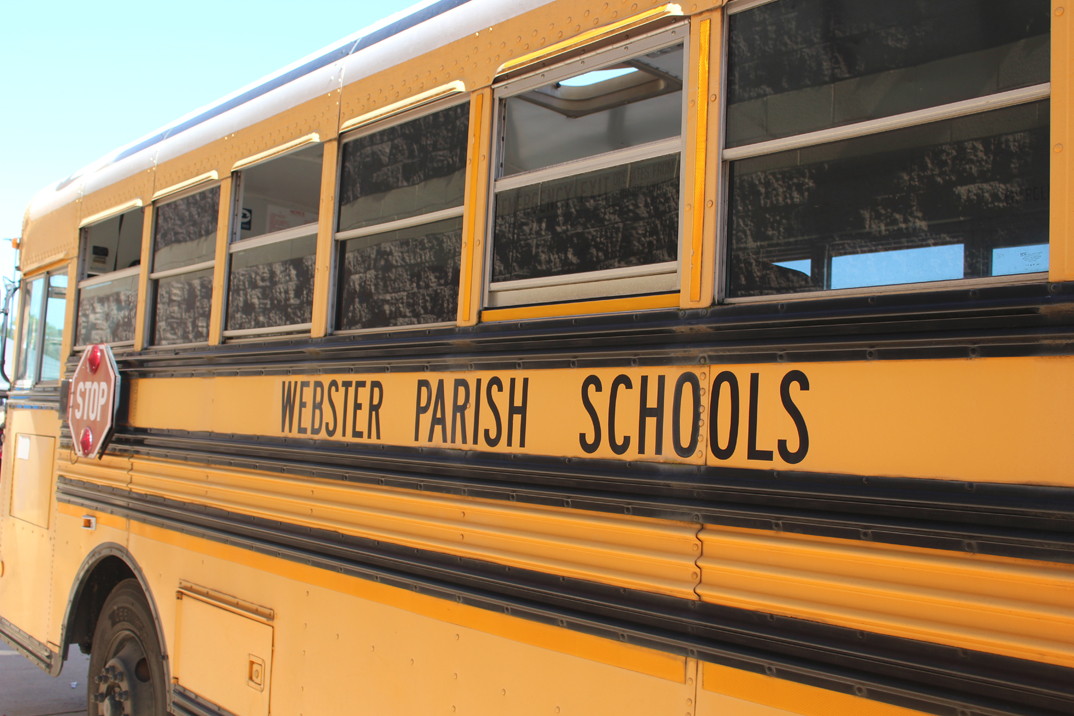Webster Parish Schools are preparing for testing as more state testing is done electronically.
David Griffin, technology coordinator, says with the fiber optics infrastructure upgrades in all of the schools, students will be ready for testing. The only question will be how many more computers they may have to purchase.
“We’re preparing ourselves for the testing requirements online that the state’s developing,” he said. “It allows for more band width usage of the internet. When we were using ‘smaller pipes,’ we would max out that connection and things would move slower, so the bigger the ‘pipe’ the more data you can transport through it. And we’ve prepared ourselves for future testing as well.”
Internet access upgrades has been the biggest upgrade, he said.
“The big upgrades that we’ve done over this past school year are the internet access coming into the school district,” he said. “Our speed was around 300 megs coming into the district and now we’ve upgraded to three gigs, which is substantially faster.”
The connection between the schools has also been upgraded to an all fiber optic network as well, he said.
“We used to use a wireless technology, and we’ve upgraded it to fiber optic cabling,” he said. “That is going to be a lot more stable, and it’s a substantial increase to every school.”
Other upgrades, he says, include wire and wireless infrastructure upgrades in every school, which means that not only has the major infrastructure been also upgraded, but the networking equipment in the schools, he said.
The density in wireless infrastructure has also been upgraded, which means teachers and students can use devices such as iPads or Microsoft Surface Pro tablets in the classroom.
“We can put on devices anywhere in the school and we can put on a lot of devices as well,” he said. “We can actually do labs full of tablets, we could do testing on tablets if we wanted to. We’ve pretty much upgraded our network from top to bottom over the last year.”
Griffith says E-rates, a federal technology program based on the number of free and reduced lunch students, paid for 80 percent of the upgrades, with the remaining 20 percent coming from the school districts.

